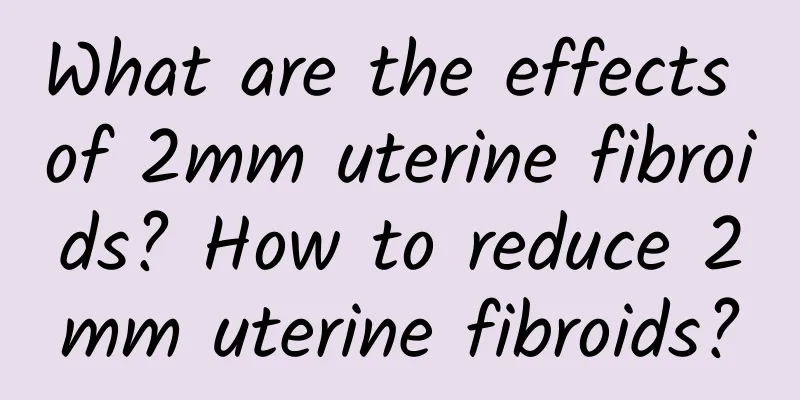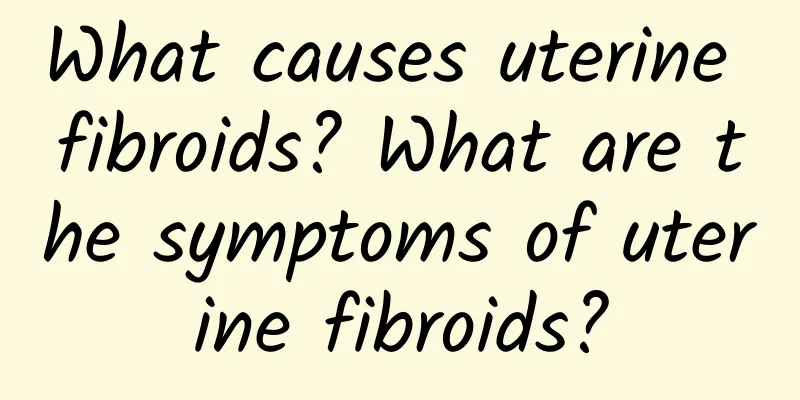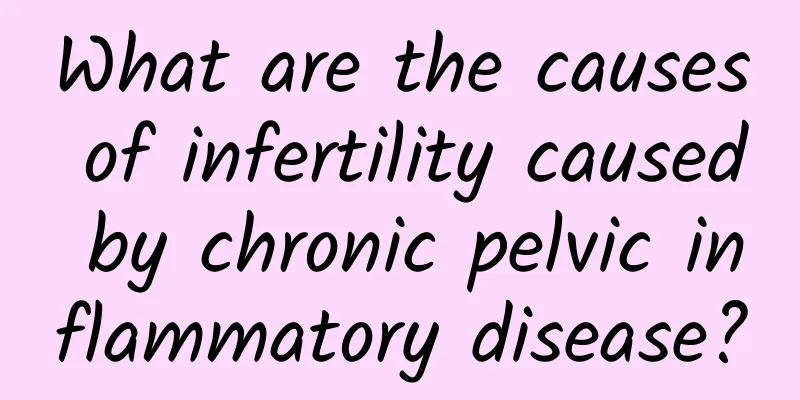What are the effects of 2mm uterine fibroids? How to reduce 2mm uterine fibroids?

|
What are the effects of a 2mm uterine fibroid? How can a 2mm uterine fibroid be reduced? Uterine fibroids are a common benign tumor in women, ranging in size from tiny to huge. However, even a 2 mm uterine fibroid may have a certain impact on a woman's body. So, what are the effects of a 2 mm uterine fibroid? How can it be eliminated? This article will explore from multiple angles. 1. The impact of 2 mm uterine fibroids: 1. Cause uterine bleeding: Although a 2 mm uterine fibroid is small, it may still cause irregular proliferation of the endometrium and lead to irregular uterine bleeding. 2. Increase the risk of infertility: Uterine fibroids can cause changes in the uterine shape, damage the endometrium and embryo implantation. A 2 mm uterine fibroid may have a slight effect on reproductive ability and increase the possibility of difficulty in getting pregnant. 3. Compression of surrounding organs: The location of a 2 mm uterine fibroid may cause it to exert pressure on the bladder or rectum, leading to symptoms such as frequent urination, urgency, and constipation. 2. Methods for the regression of 2 mm uterine fibroids: 1. Observation and reexamination: For small fibroids of 2 mm, doctors generally recommend that women observe and reexamine them regularly to ensure that their size and symptoms do not worsen further. 2. Drug treatment: Choosing appropriate drug treatment is also one of the ways to relieve the symptoms of uterine fibroids. For example, using progesterone drugs to reduce uterine bleeding and improve irregular menstruation. 3. Surgical treatment: When a 2 mm uterine fibroid causes obvious symptoms or significantly affects fertility, the doctor may recommend surgical treatment. Common surgical methods include myomectomy and endometrial ablation, during which the fibroid can be removed or reduced to achieve the purpose of treatment. Although a 2 mm uterine fibroid is small, it may still have a certain impact on a woman's body. It may cause uterine bleeding, increase the risk of infertility, and compress surrounding organs to cause corresponding symptoms. For treatment, observation and review, drug therapy, and surgical treatment are common methods. The final treatment plan needs to be determined according to the patient's specific situation. Therefore, for patients with 2 mm uterine fibroids, regular review and active treatment are very important to ensure women's physical health and fertility. |
<<: What medicine is effective for uterine fibroids? What medicine can eliminate uterine fibroids?
Recommend
What are the nursing measures for threatened abortion?
What are the nursing measures for threatened abor...
Can severe cervical erosion lead to death?
Will severe cervical erosion lead to death? How s...
What kind of examinations should be done before abortion? Can abortion be done on the same day when going to the hospital?
Abortion is a common gynecological procedure used...
What are the advantages of radiofrequency ablation for the treatment of cervical erosion?
There are many ways to treat cervical erosion, an...
What are the causes of amenorrhea after abortion?
Some women are forced to choose abortion to termi...
Will I have dysmenorrhea after uterine fibroid surgery? What should I do if I have dysmenorrhea after uterine fibroid surgery?
Women experience pain in the abdomen and waist be...
What should women do if they have cervical erosion and cysts? Treatment methods for patients with cervical erosion and cysts
Female patients with cervical erosion often face ...
What medicine can treat uterine fibroids? What medicine can treat uterine fibroids?
What medicine can treat uterine fibroids Uterine ...
Misconceptions about weight loss (Part 2): Eating carbohydrates can make you fat
[Key Points]: Losing weight is not as hard as eve...
What are the latest treatments for miscarriage?
Many women want to know the latest treatments for...
Learn more about the complications of ovarian cysts
Among gynecological diseases, there is a disease ...
The craziest "Year of the Dog Ruyi Exercise" is here! Jian Wenren teaches you 4 ways to lose weight and strengthen muscles
It’s cold, so you can’t just stay at home like a ...
Do I need to do cervical screening after menopause at the age of 55?
Cervical cancer screening is also necessary after...
How can women stay away from vaginitis?
Vaginitis is a very serious gynecological disease...
Three major hazards of female pelvic inflammatory disease
Pelvic inflammatory disease is divided into acute...









